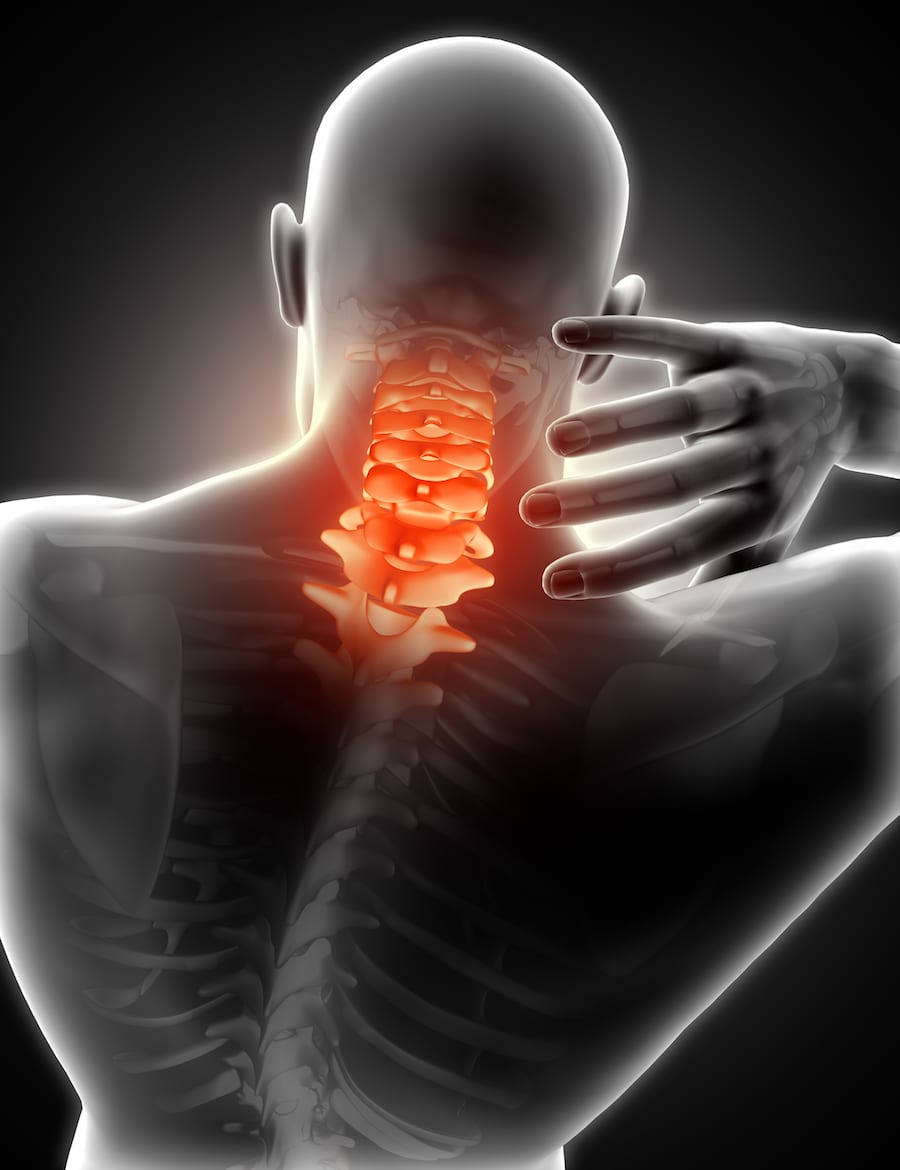
Chronic pain can create a debilitating cycle that affects every aspect of life, from physical function to emotional well-being. Breaking this cycle requires a comprehensive approach that addresses both the physical and psychological components of pain. This article explores effective techniques for managing chronic pain and offers strategies to help individuals regain control and improve their quality of life.
1. Understanding the Pain Cycle
The pain cycle is a repetitive pattern where pain leads to functional impairment, which in turn exacerbates the pain. This cycle often involves:
- Pain Perception: Initial pain from an injury or chronic condition.
- Functional Limitation: Reduced activity and mobility due to pain.
- Emotional Stress: Anxiety, depression, and frustration resulting from pain and limitations.
- Increased Pain Sensitivity: The body’s heightened response to pain due to stress and inactivity.
Breaking this cycle requires addressing each component to achieve a more balanced and manageable approach to pain.
2. Physical Techniques for Pain Management
Addressing the physical aspects of pain involves a combination of therapies, exercises, and lifestyle changes designed to reduce pain and improve function.
- Exercise and Physical Therapy: Engaging in regular, low-impact exercises helps improve strength, flexibility, and overall function. Physical therapy can provide tailored exercise programs to address specific pain-related issues, enhance mobility, and prevent further disability.
- Manual Therapies: Techniques such as massage therapy, chiropractic care, and osteopathic manipulation can help relieve muscle tension, improve alignment, and reduce pain.
- Pain Relief Devices: Tools like transcutaneous electrical nerve stimulation (TENS) units and heat/cold packs can offer temporary pain relief by reducing muscle spasms and improving circulation.
- Posture and Ergonomics: Correcting poor posture and making ergonomic adjustments in daily activities can reduce strain on the body and alleviate pain. Ergonomic assessments and modifications can improve comfort and function during work and leisure activities.
3. Pharmacological Approaches
Medications can play a role in Managing chronic pain, but they should be used judiciously and as part of a broader pain management strategy.
- Analgesics: Over-the-counter pain relievers, such as acetaminophen or nonsteroidal anti-inflammatory drugs (NSAIDs), can help manage mild to moderate pain. However, they should be used as directed to avoid potential side effects.
- Prescription Medications: For more severe pain, prescription medications such as opioids, muscle relaxants, or anticonvulsants may be prescribed. It is crucial to work closely with a healthcare provider to ensure appropriate use and minimize risks.
- Topical Treatments: Topical analgesics, including creams and patches, can provide localized relief without systemic side effects. These treatments can be particularly useful for pain in specific areas.
4. Cognitive and Behavioral Techniques
Addressing the psychological aspects of chronic pain is essential for breaking the pain cycle and improving overall well-being.
- Cognitive-Behavioral Therapy (CBT): CBT helps individuals identify and change negative thought patterns and behaviors related to pain. By developing healthier coping strategies and problem-solving skills, CBT can reduce pain-related distress and improve functioning.
- Mindfulness and Relaxation: Mindfulness practices and relaxation techniques, such as deep breathing, progressive muscle relaxation, and meditation, can help manage stress and improve emotional resilience. These techniques can reduce the perception of pain and enhance overall well-being.
- Biofeedback: Biofeedback involves using sensors to monitor physiological responses, such as heart rate or muscle tension, and providing real-time feedback to help individuals learn to control these responses. Biofeedback can be used to reduce pain and improve relaxation.
5. Lifestyle Modifications
Making positive changes in lifestyle can support pain management and help break the pain cycle.
- Healthy Diet: A balanced diet rich in anti-inflammatory foods, such as fruits, vegetables, whole grains, and lean proteins, can help manage inflammation and support overall health. Avoiding processed foods and excessive sugar can also contribute to pain relief.
- Regular Sleep: Ensuring adequate and restful sleep is crucial for pain management. Establishing a consistent sleep routine and creating a comfortable sleep environment can improve sleep quality and reduce pain.
- Stress Management: Managing stress through techniques such as yoga, tai chi, or journaling can reduce the impact of stress on pain levels and overall health.
6. Social Support and Community
Social support and community involvement play a significant role in managing chronic pain and breaking the pain cycle.
- Support Groups: Participating in support groups for individuals with chronic pain provides a sense of community and understanding. Sharing experiences and coping strategies with others who face similar challenges can offer emotional support and practical advice.
- Family and Friends: Engaging with family and friends for emotional support, assistance with daily tasks, and encouragement can help alleviate the burdens of chronic pain and improve overall well-being.
7. Integrative and Complementary Therapies
Integrative and complementary therapies can enhance conventional pain management approaches and offer additional options for relief.
- Acupuncture: Acupuncture involves inserting thin needles into specific points on the body to stimulate healing and reduce pain. It is used to manage various types of chronic pain and can complement other pain management techniques.
- Herbal and Nutritional Supplements: Some herbal remedies and nutritional supplements, such as turmeric, omega-3 fatty acids, and glucosamine, may help reduce inflammation and pain. It is essential to consult with a healthcare provider before using supplements to ensure safety and effectiveness.
8. Developing a Comprehensive Pain Management Plan
Creating a comprehensive Pain Management plan involves integrating various techniques and strategies to address different aspects of pain.
- Individualized Approach: Tailor the pain management plan to the individual’s specific needs, preferences, and goals. Consider physical, psychological, and lifestyle factors when developing the plan.
- Goal Setting: Set realistic and achievable goals for pain management and overall well-being. Goals may include improving physical function, reducing pain levels, or enhancing emotional resilience.
- Regular Review and Adjustment: Continuously monitor progress and adjust the pain management plan as needed. Regular follow-up with healthcare providers and periodic reassessment of pain and function can ensure that the plan remains effective and relevant.
Conclusion
Breaking the pain cycle requires a multifaceted approach that addresses the physical, psychological, and lifestyle aspects of chronic pain. By integrating effective techniques such as exercise, cognitive-behavioral therapy, lifestyle modifications, and social support, individuals can manage their pain more effectively and improve their quality of life. Developing a comprehensive and personalized pain management plan, and continuously reviewing and adjusting it, will help individuals regain control, reduce pain, and enhance overall well-being. Embracing these strategies offers the opportunity to break free from the pain cycle and achieve lasting relief.







